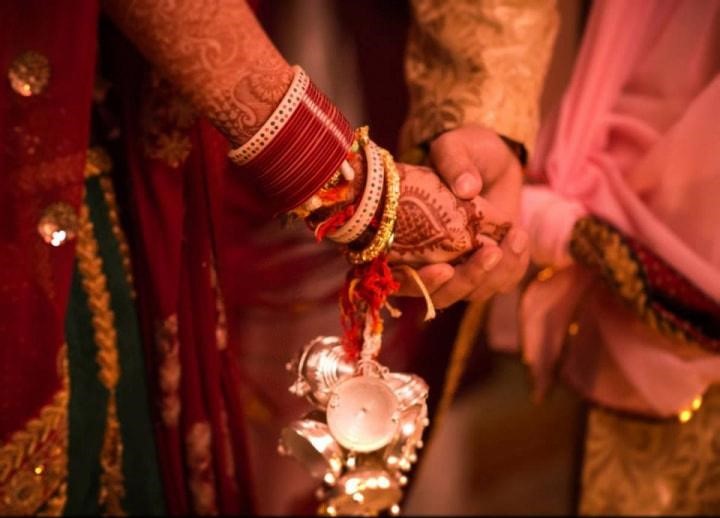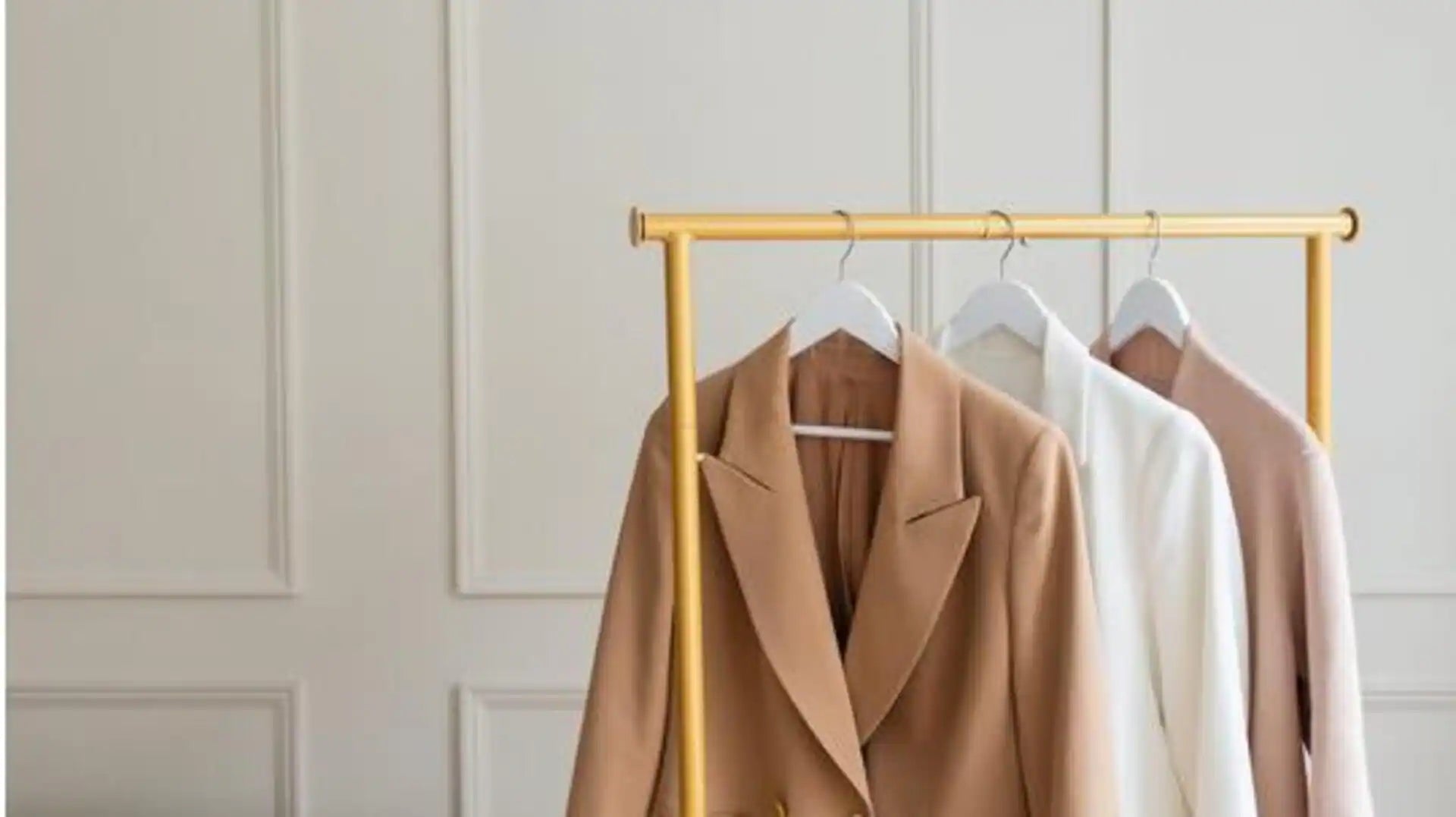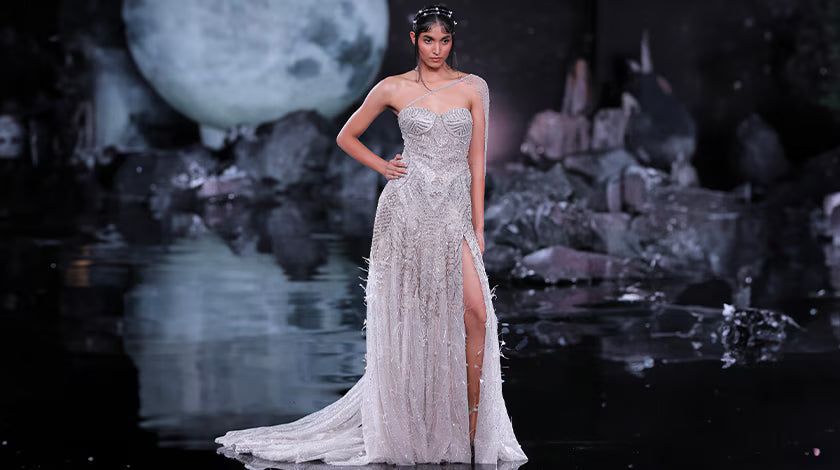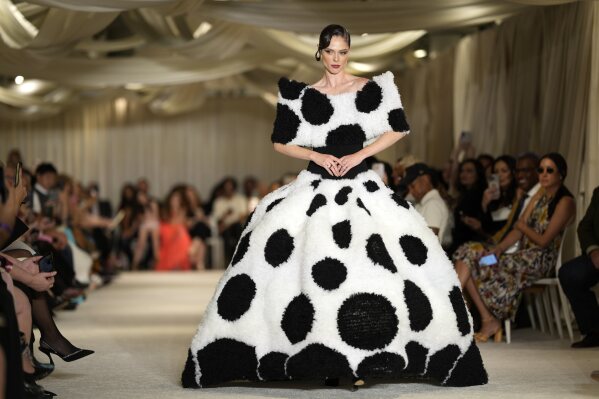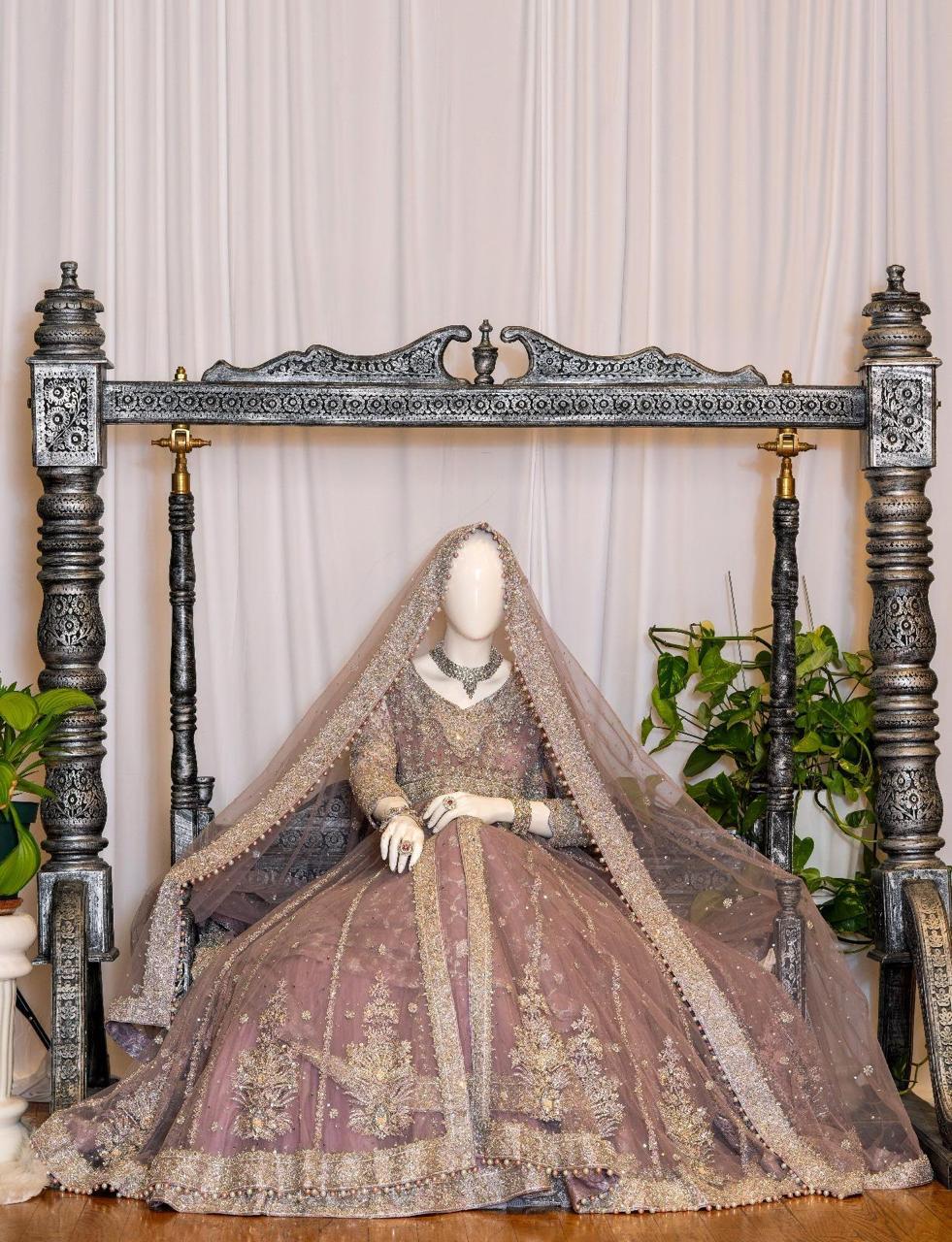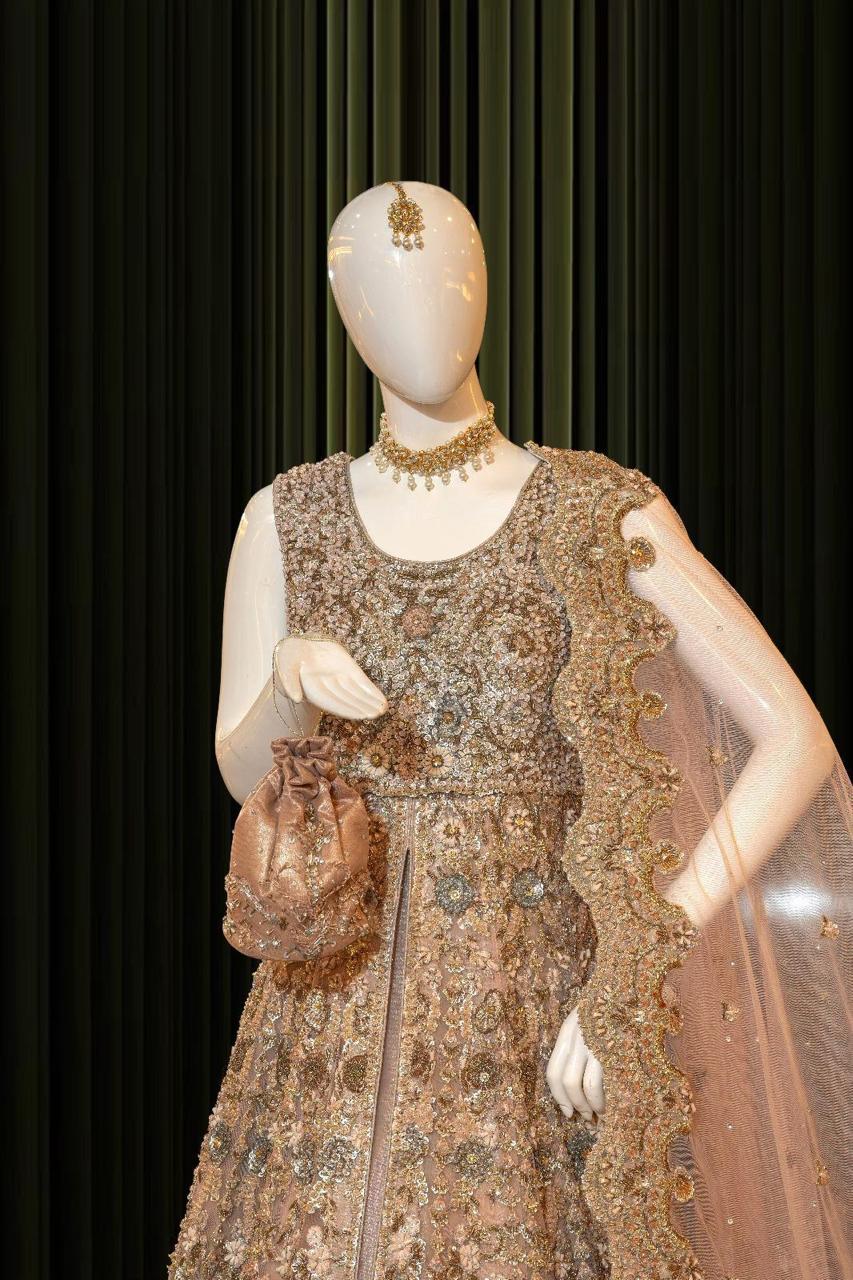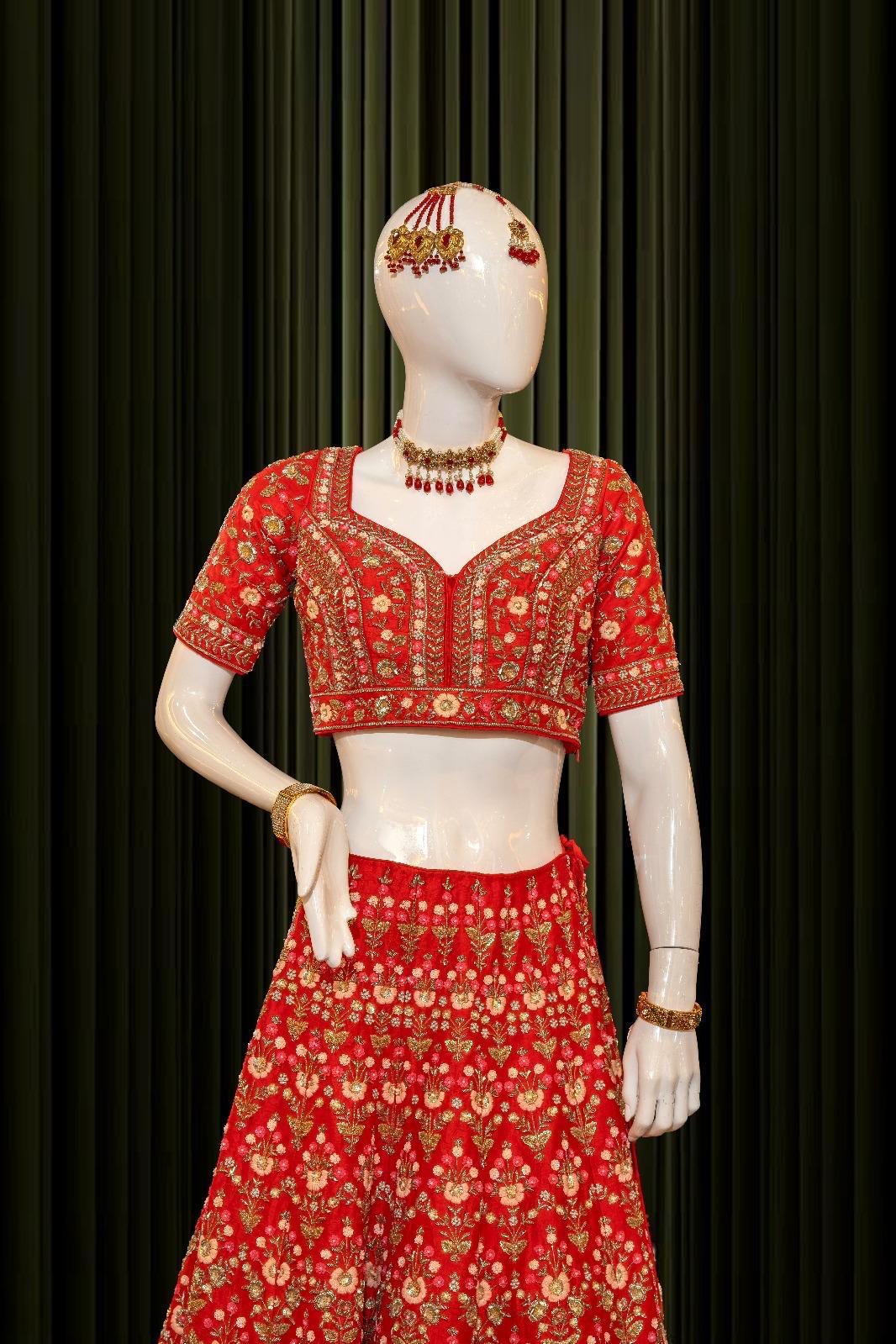Your shopping bag is empty
Why Bride Wear Kalire
- Posted by: Zohaib Khan
- Comments: 0
- Categories: Latest
- Tags:
When you look at the Punjabi bride, The kalire are eye-catching. kalire makes the Punjabi bride distinct from other brides.
Every bride from the north looks forward to the kale ceremony, with the gold ornaments hanging on her wrists, congratulating them on her wedding day. With all sorts of beautiful flowers, do you know of this wedding ceremony? This article will help you become aware of this!
What is it?
Kalirees are hangings in the shape of umbrellas that signify happiness for newlyweds and a never-ending affection for the newlyweds.
Another critical aspect of Kalire is to send congratulations to the bride and to bring back the fond memories of her family and friends who she'll quit after she is married. You can buy them along with Indian dresses in Chicago.
The shape of the coconut on Kalire is vital because the wedding bride is guaranteed not to have enough food when she moves into her new home. Metal is a symbol of wealth and luxury.
The original Kaliras were makhana and dry coconut covered with beetle nuts, dried fruits, and cardamom. The contemporary kaliras are made from metal and adorned with rhinestones and other stones and gems.
What Can You Use Them For?
They can be kept in their boxes, or your bride can make them into decor for the home. Many people put their Kalire on the walls of their bedrooms.
They then tie strings of Chooda beneath the bed. At the same time, others abandon the Chooda floating on the river of the holy Ganga.
What Is The Significance Of Kalire?
It is essential to send a message of congratulations to the bride and remind her of family members she's likely to leave when she is married. To buy Indian dresses in Chicago and Kalire search online stores.
The coconut-shaped kaleere symbolizes that she will never run out of food when she moves into her new residence, while the metal represents wealth and prosperity.
What To Do With Kaleere Post-Wedding?
The bride can choose between the two actions below after the wedding ceremony.
She takes both Kaleere sets to the temple to offer an offering to get blessings from the Almighty. Another set she takes with her to her new residence as a keepsake from her wedding and a joyful souvenir from her loved ones.
The Ritual Of Kaleere
After the Chooda ceremony, kalire are placed on the wrists of brides to be.
The bride's family and friends are the ones who are part of the ceremony by affixing the kalire by a thread to an iron "kids."
The sisters and group tie the kalire together to the bride-to-be. Once all kalire have been attached to the kadas, the bride attempts to break the kalire above the head of the not-married friends and sisters.
If a bud is broken on a woman during this period, the girl is expected to be married.
kalire Were Meant To Be Edible
kalire and traditional Indian dresses in Chicago have been integral to Punjabi and Himachali weddings for over 100 years. However, the first kalire appeared different from the ones we see today.
The jewelry hung on the bride's wrists included coconuts, fox nuts, and other treats for her. At the time, it was almost a given that the distance between the bride's house and her husband's home was significant.
This could mean a long trip to the wedding party, and most times with strangers to her. kalire for the bride were designed to store snacks if she was hungry during the journey.
This may sound weird. However, having these snacks close to her body in the shape of kalire made it so the bride would not have to sacrifice her typical bridesmaid-like shyness to ask her husband or in-laws to bring food along her way.
They could consume these food items that aren't perishable by simply removing them from her wrists.

